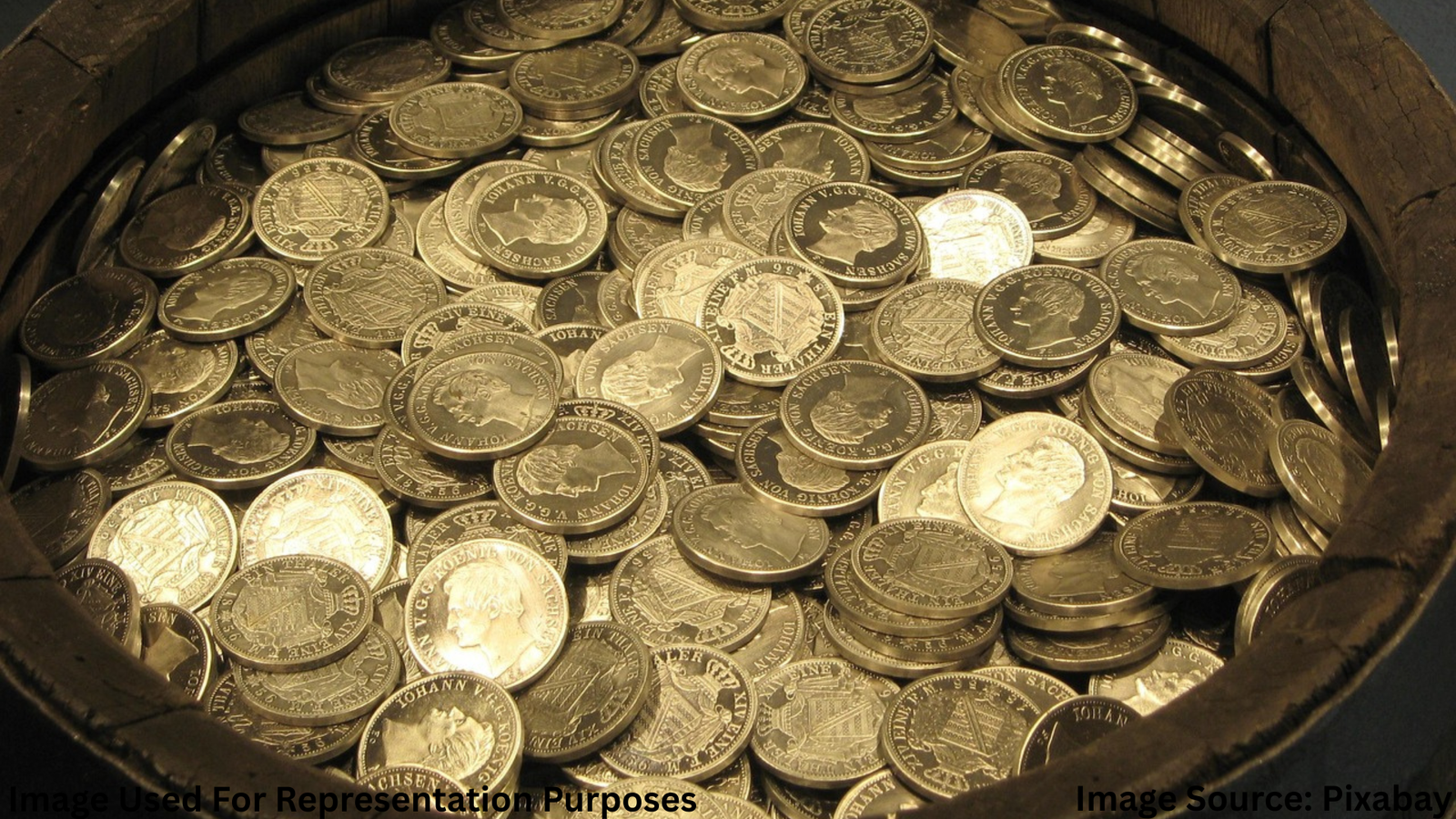
Why Crime and Legal Development in California Matters
The topic of crime and legal development in California is more than just a political headline. It affects real people, real communities, and the overall trust in the state’s justice system. With a population of nearly 40 million, California has long faced the challenge of balancing safety, justice, and civil liberties.
Legal reforms in California are shaping a new era for law enforcement and public policy. This article explores how crime patterns have evolved, how lawmakers are responding, and what it means for you.
Recent Crime Trends in California
In 2024, California experienced both progress and setbacks in its crime statistics. According to the California Department of Justice, while violent crime increased slightly by 2.3%, property crimes declined by 1.9%.
Noteworthy trends include: A rise in catalytic converter thefts, targeted retail thefts in urban centers like Los Angeles and San Francisco, increased domestic violence reporting, due to stronger victim support systems.
Despite public concern, California’s overall crime rate remains below its 1990s peak. Legal strategies like community policing and technology-based crime prevention have played a big role.
“We don’t just want to punish—we want to prevent,” said LAPD Sergeant Marcus Hanley in an interview with NBC Los Angeles.
Notable Legal Reforms and Policies
In recent years, California has led the nation in progressive legal reform. One of the most impactful changes came with Proposition 47, which reclassified some nonviolent felonies into misdemeanors.
Other key changes include:
SB 81 (2021): Limits the use of sentence enhancements
AB 1076 (2022): Automates the expungement of certain criminal records
Zero-bail policies tested during COVID-19 and re-evaluated in 2024
Gun control updates like SB 2, tightening firearm licensing
Youth and Justice
In juvenile justice, California has closed most state-run youth prisons and focused on rehabilitation over incarceration, supporting teenagers with education, counseling, and reentry programs.
Personal Stories That Humanize the Justice System
Meet Rafael Alvarez, a 35-year-old Bakersfield resident who served time for drug possession. After his release under Proposition 47, he accessed vocational training and now works as a counselor.
“The new law gave me a second chance. Now I help others find theirs,” Rafael says.
Or consider Maya Tran, whose store in Oakland was looted during a protest. Despite the trauma, she joined a local community justice board to promote restorative justice.
These stories reflect the human side of crime and law—beyond statistics.
Challenges Faced by Lawmakers and Law Enforcers
Of course, legal development in California hasn’t been all smooth sailing. There are real hurdles:
1. Public frustration over rising organized theft
2. Police staffing shortages, especially in rural areas
3. Backlogged court cases due to COVID-era shutdowns
4. Mistrust between some communities and law enforcement
Misuse of Zero-Bail Reform
The zero-bail system has been controversial. While it reduced jail crowding, critics argue that it emboldened repeat offenders.
A 2023 study by the California Policy Lab found that re-offense rates were slightly higher among zero-bail releases compared to traditional bail systems.
How the Community Is Shaping Legal Progress
Many legal developments are being community-led, not just government-mandated. Cities like Fresno and Long Beach have rolled out violence interruption programs, where former gang members mediate conflicts before they escalate.
Nonprofits like Californians for Safety and Justice advocate for trauma recovery centers and support services over punitive responses.
Even tech companies are joining the conversation. Ring doorbell cameras, predictive policing tools, and data transparency platforms are enhancing accountability and crime detection.
Practical Advice for Californians on Staying Legally Informed
Here’s how you can stay up to date and safe in today’s evolving legal climate:
1. Subscribe to local law enforcement alerts
2. Read court summaries
3. Join community safety forums or neighborhood watch groups
4. Know your rights – especially when stopped or questioned by police
5. Support evidence-based programs, not just tough-on-crime rhetoric
A proactive citizen is an informed one.
Conclusion: A Promising Future for California’s Legal Landscape
The path forward for crime and legal development in California is neither perfect nor simple. Yet, the Golden State shows that change is not only possible—it’s already happening.
Reforms like bail reduction, youth rehabilitation, and automated expungement are paving the way for a more balanced justice system. Community input, legal innovation,
and honest public dialogue will continue to shape California’s approach.
Let’s keep engaging, learning, and pushing for a system that works—for everyone.

Akalumhe Jefferson is a content writer with a new found interest for crafting engaging stories that transport readers to new worlds. Although no current actual background in creative writing but there’s active love for writing



